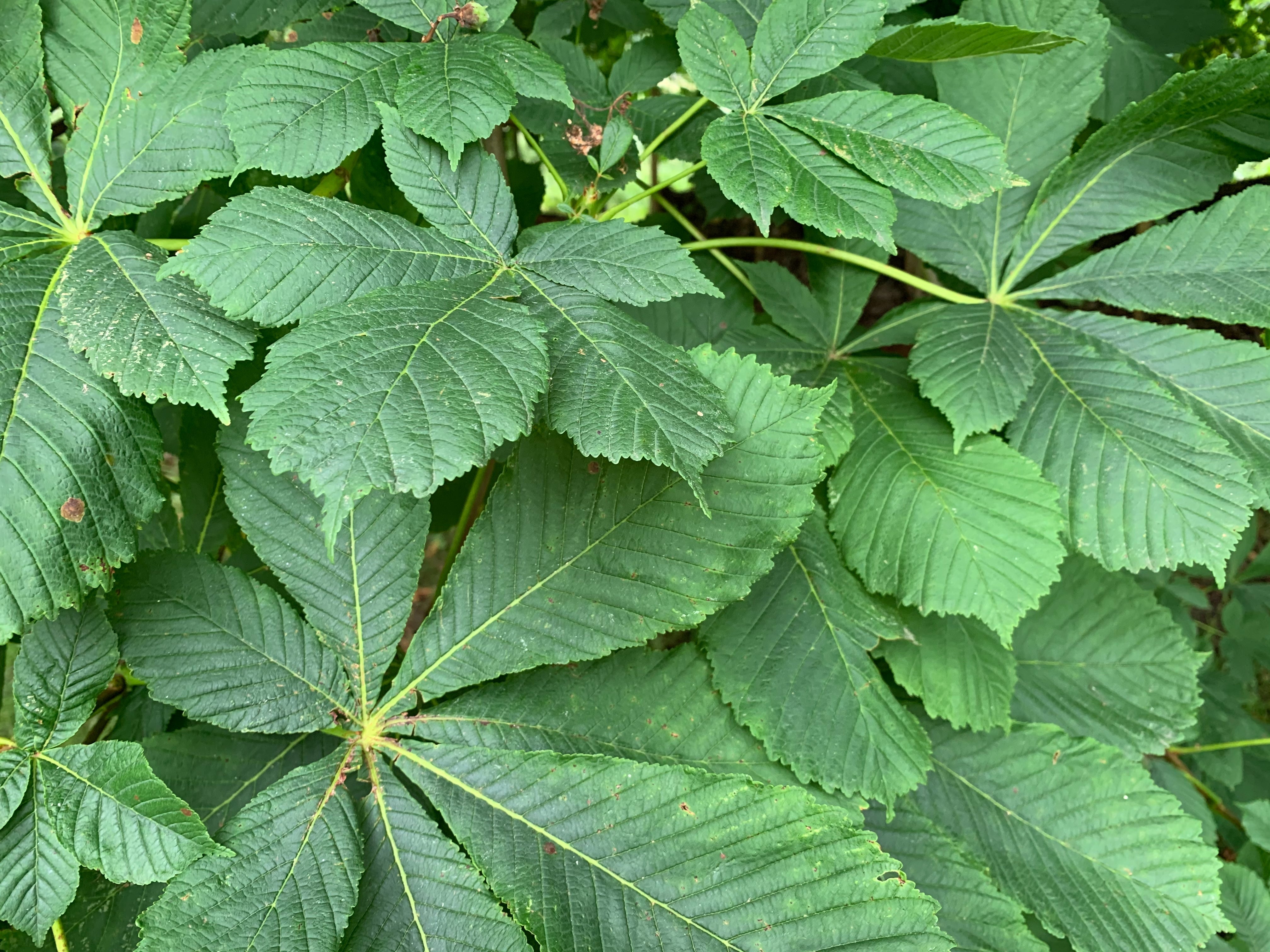A new winter diet

This picture of leaves may seem unremarkable but it shows encouraging signs for those of us with who enjoy the glorious sight of a horse chestnut (Aesculus hippocastanum) in flower or are lucky enough to have one or two of these majestic trees in their garden. Often by August these leaves are riddled with brown blotches, the results of the horse chestnut leaf mining moth Cameraria ohridella. This year we have noticed that the leaves are remarkably healthy with just a few signs of this diminutive moth.
First recorded in Wimbledon in 2002, this moth has made steady progress moving across the country at a rate of about 30km a year and is now recorded in most areas, apart from the extreme north. It’s the caterpillar that causes the damage to the leaves, burrowing its way between the upper and lower epidermis.
There are a number of opinions as to why reduced numbers are being recorded in some areas. Weather conditions may have affected the overwintering cocoons that shelter in the fallen leaves. Parasitic wasps may also take their toll, but the most interesting theory is that blue tits have ‘switched on’ to this new food source and have started to enjoy the additional protein throughout the winter months.
Many of us remember the ingenuity of these small, intelligent birds when in the 1970’s and 80’s they learnt to peel the foil from our doorstep milk deliveries and help themselves to the top layer of cream. Now with fewer milkmen making their rounds, this skill seems to have been lost but the birds' appetite for these moths may just benefit our parks and gardens in an unexpected way.
Clothes in action this week: Men's Eden Gardening Jersey - Charcoal











